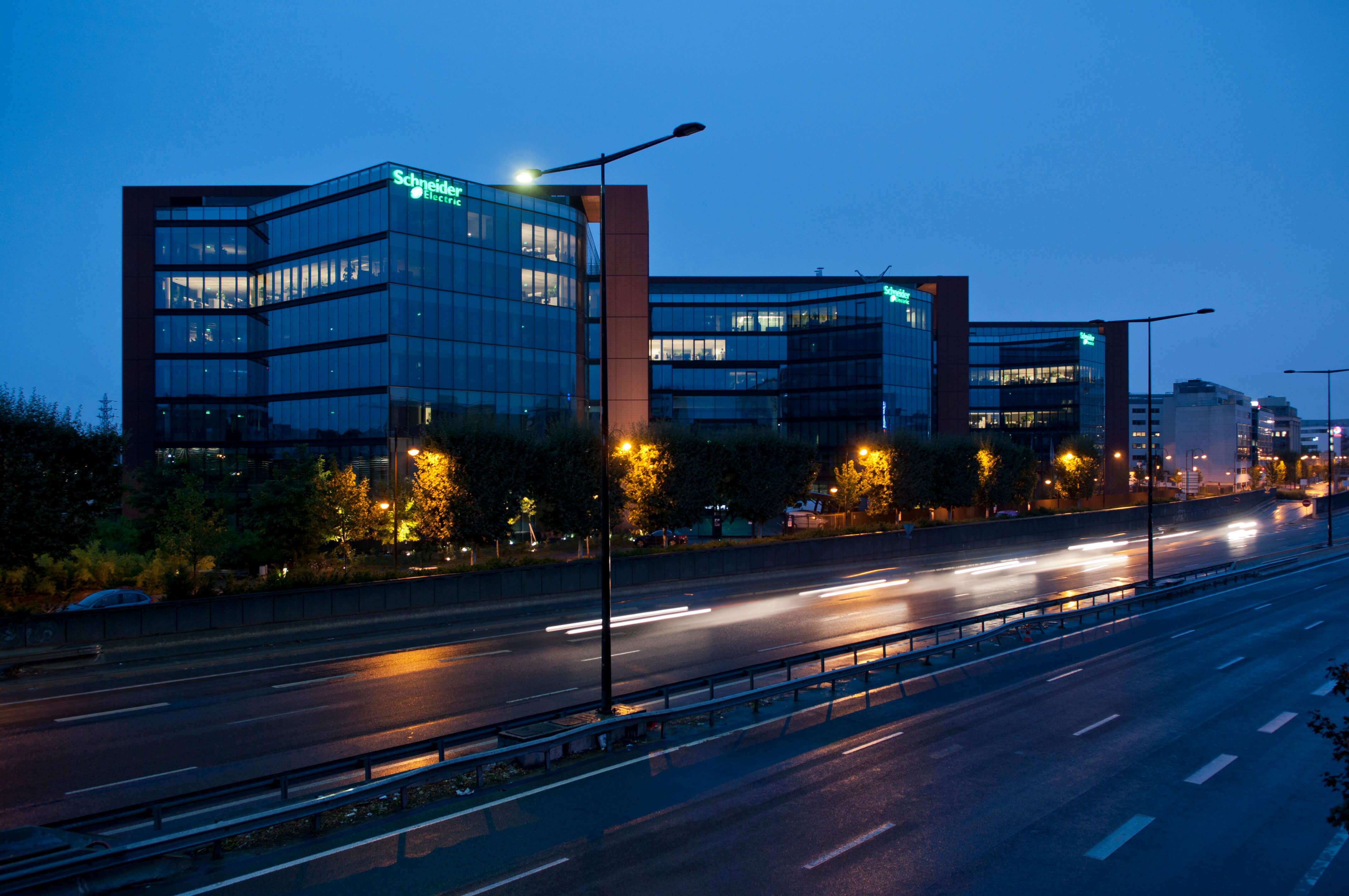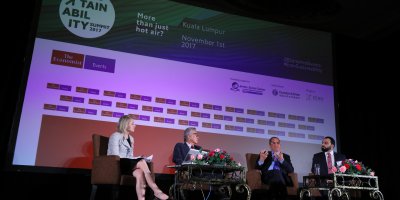
Economic sustainability has gone from being an additional cost on the balance sheets to a plus for most corporations. Source: Shutterstock
Technology makes being sustainable not just about ethics, but also economics
TECHNOLOGY has changed a lot of things about the way we do business today, but one of the biggest changes it has wrought on the industry is the introduction of sustainability as a central pillar that executives and employees should think about.
“It is not that difficult now to [help clients visualize the importance of sustainability,” said Tommy Leong, the president of Schneider Electric’s East Asia and Japan division. “With big corporations, you don’t have to sell it to them, they know it already. Every big company nowadays has their own chief sustainability officer and chief technology officer who spend time talking to each other to search for solutions.”
Leong spoke to Tech Wire Asia at the recent Sustainability Summit by The Economist about how sustainability has already become a commonplace concern among the big corporations of today, and how they are leveraging on technology to make those gains.
“We are probably at the first time in history when it is possible to use technology to address climate change because in the past we used to think about sustainability as additional cost,” Leong reflected.
“Technology is at the stage today where it can help you achieve sustainability and at the same time lower your costs.”
The rise of renewable energy has been driven by two major factors: the political clout of landmark decisions such as the 21st Conference of the Parties (COP21) which gave rise to the Paris Agreement; and the falling costs of renewable energy sources.

Tommy Leong. Source: Schneider Electric
The first had the effect of bringing issues of sustainability to the upper echelons of power; more executives and even political leaders began to sit up and ask questions about the feasibility of focusing on renewable energy technologies. Leong said that it was really important to engage C-suite level executives in conversations about sustainability, because they had to lead those on the ground who might not see the bigger picture.
Despite the departure of the United States from the Paris Treaty, more and more governments and executives have been looking into how their businesses can commit to sustainable policies.
The second effect is the dramatic drop in the cost of solar and renewable energy sources — Leong said that the cost of using either option has lowered to the point of achieving parity with traditional energy sources.
“When you get to these sorts of equations, you don’t have to tell people [about how good they are],” said Leong. “Most good businessmen can calculate the value for themselves.”
He pointed to the tangible gains that could be seen in something as simple as adopting Schneider Electric’s own green, energy-saving technology in their Paris headquarters. Eight years after that project was underway, Leong said that the building had cut down three-fourths of their energy consumption costs.
It’s been so effective that Schneider has a commitment to move all their global sites to 100 percent renewable energy source “not just because of it’s a social responsibility statement, but because it makes economic sense.”
“The consumption part is extremely important. We spend a lot of energy, debate and discussion on the production and power generation side of things,” he said.
“But you have to remember that when you produce three units of power, by the time it gets to the consumption level it becomes only one unit of electricity.
“A lot of it gets lost as heat, leakage and transmission, so when you save one unit of electricity, you actually save three units of energy at the source.”
Leong said that the potential savings from implementing the right hardware, software, and control systems could dramatically boost the energy efficiency of a business. According to him, there is a lot of potential for savings, with as much as 80 percent worth of opportunities available across the world.

Schneider Electric’s Paris headquarters, The Hive, where the company implemented its efficient energy systems. Source: Schneider Electric
“If you look at industries, because of automation over the last several decades it’s become much easier to be sustainable,” he said.
“Imagine the cement industry where 60 percent of the cost input is energy. If you’re able to reduce your energy input, which helps sustainability, you lower your costs as well. If you look at manufacturing or paper, 40 percent of the costs is energy.”
According to Leong, the easiest path to sustainability is simply for companies to adopt more efficient technologies that can help them not reduce energy spent, which has a direct correlation with carbon dioxide (CO2) emissions.
The production of CO2 — which is the main contributor to the greenhouse heating effect on our planet and the source of today’s climate change issues — can be easily solved by reducing the amount of energy we use. The less energy we consume, the less we contribute to the carbonization of our environment.
The emergence of what he called the “industrial Internet of Things” has enabled us to “create possibilities that we never dreamed of before”. The latest innovations driven by cloud computing, mobility, the proliferation of sensors, and artificial intelligence has created a digitization movement that has improved our ability to maximize on our data.
The right information can eventually trickle down into more layers of controls that allow businesses to look for where efficiency can be boosted and costs can be cut.
“Because of digitization, you’re able to get the right data, the right information and do the right analytics to make the right decisions, augmented by the tools of technology to use the right technology,” he said.
READ MORE
- Micron Technology invests RM1 Million for semiconductor research at Malaysian universities
- Shein, Shopee and Meesho overtake Amazon in 2021
- Data security is an expectation for APAC consumers
- Malware exploits Microsoft’s e-Signature verification
- What’s spooking Tencent and making them sell their shares off?






